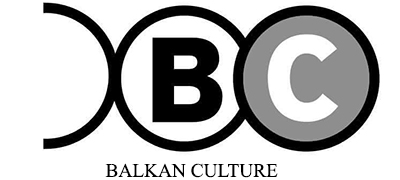Ancient Greek Theatre
Greek theatres consisted of three principal elements, the orchestra, the scene, and the audience. The orchestra was the centerpiece of the theatre. This large circular or rectangular area was the area for the choral performances, the religious rites and the acting. The scene was behind the orchestra and it was used like a backstage. It was the place where actors could change their clothes and masks.
The Greek theatre history began with festivals honoring their gods. They honored god Dionysus, the Greek god of fertility and wine, with a festival called by “City Dionysia”. From these fertility rituals it is supposed that tragedy and comedy came up. Only the work of four playwrights has survived in the form of complete forms. These playwrights were Aeschylus, Sophocles, Euripides, the tragedians, and Aristophanes, the comic writer. At the early Greek festivals, the actors, directors, and dramatists were the same person. At first all the actors were men or boys.
Athens was the main center for these theatrical traditions, since that period was a significant cultural, political and military power. Athenians promoted a common identity by spreading these festivals to its numerous allies.
The raked auditorium as well as the invention of the theatre as a literary form is some of the exclusively Greek contributions.
Eirini Germpana, M.Sc. student in Theatre studies
This email address is being protected from spambots. You need JavaScript enabled to view it.

Leave your comments
Post comment as a guest